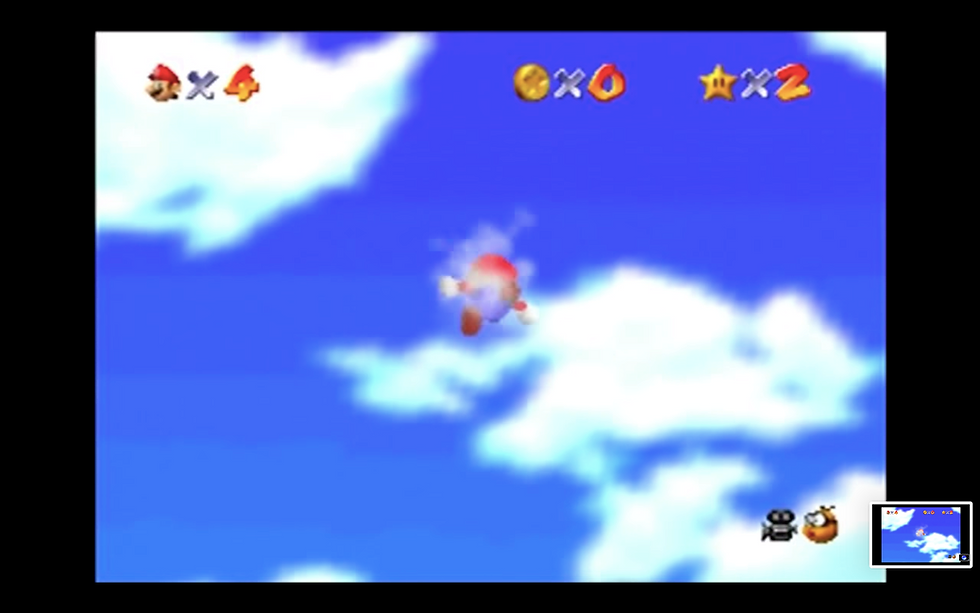Game Review: Wolfenstein 3D
- Daniel Sharkey

- Oct 17, 2019
- 4 min read
When considering the history of the First-Person Shooter genre, no game stands out more than Doom. It is such a pivotal game that before the term First-Person Shooter emerged, games with similar mechanics like Duke Nukem 3D and Marathon were called Doom Clones. The legacy of Doom and by extension its creators, Id Software, is known around the world, and the recent reboot to Doom, also titled Doom, was a smash hit that reintroduced many old mechanics that had since fallen out of favor with more recent First-Person Shooters. This new Doom, utilizing mechanics from the original Doom, such as key hunting puzzles and no reloading, was a way to modernize the more hectic fast paced gameplay of the old 2.5D shooters. However, while Doom was the game that revolutionized the genre, it was not Id’s first shooter, instead that title falls to Wolfenstein 3D. Wolfenstein 3D obviously has many similarities to Doom: they are both first person shooters, they feature similar looking HUDs (featuring a depiction of the character that changes as they take damage), and they both utilize labyrinthine levels that require finding keys to progress. Doom is the more developed version of the concept. However, many of its core ideas trace back to Wolfenstein 3D. In order to understand many of the tropes of the genre, let us look back at the origin of the origin of the First-Person Shooter.
Let’s start with how any game actually starts, the controls. If you have every played any modern shooter before, or even a game like Portal or Gone Home, you will be incredibly confused by the controls of Wolfenstein 3D. To move, one uses the arrow keys; up and down move you forward and back, while left and right turn you in place. The mouse was not used at all when playing with default controls, and instead you shoot using the left control key, and you open doors with the space bar. Adjusting to using these controls took a little while, and even then, they felt imprecise, however the game compensates for this by not requiring you to actually be aiming directly at the person you shoot. Soldiers who stand slightly to the left or right of your barrel will still be hit. This can be seen as an early implementation of the auto aim that is now standard on console shooters. It makes the game play and feel much better. This is similar to the idea of ‘coyote time’ in platformers, which is a mechanic that allows a player to jump even if they have already walked off of the ledge. This leeway, while unrealistic, makes the game feel more responsive to play, and makes playing the game more enjoyable. Ultimately that is what is important, however dated they may be, the controls, once adjusted to, feel good and do not get in the way of creating a flow state.
One thing that we see in Wolfenstein that has become a common trope in First-Person Shooters is its World War II setting. While at the time it was the first of its kind, the genre became overrun with games set during WWII: Medal of Honor, Call of Duty, and Battlefield 1942 to just name a few examples. However, in comparison to the games I just mentioned, Wolfenstein 3D embraced its unrealistic graphics and instead took the subject matter and turned up the dial. For example, instead of the final level of the game being a mission to retake Paris, the final boss of the game is Hitler in a robot suit with four chain guns. The games that came after Wolfenstein did all they could to feel more realistic. However, this realism came at a cost. Wolfenstein 3D embraced the goofiness of its graphics and its unrealistic story lead to a certain timelessness. Whereas games that at the time were cutting edge attempts at realism now feel outdated. The game now looks retro, but unlike a game like Golden Eye, doesn’t look outdated.
At the time the game was made, Nazis were an easy choice to use as cartoonish villains, and the ease with which Wolfenstein 3D makes Mecha-Hitler shows a sense of historical distance that I feel no longer exists. The Nazis in Wolfenstein 3D could have been swapped with any other enemies without a significant change. There is nothing idealistic about the way they act, nothing that identifies them as specifically Nazis. While they look like Nazis, if the art was changed, they would just as credibly be anything else. Nazism and WWII are merely a skin used to give the game an uncomplicated enemy. Few people need to be told to kill Nazis, and Id Software would do a similar thing in Doom. At the time Nazis, like the demons in Doom, were unarguably evil villains and seemingly just as distant from the present. However, now it seems that with the rise of the Alt Right that distant stain on the fabric of history seems more present than ever. In response to protests in Charlottesville which featured alt right protesters President Trump said that they were, “very fine people.” How worrying a thought, that an ideology that was the default image for inhumanity, now considered fine by the President. The rise of alt-right and white supremacist groups is noticeable, especially in the gaming community. Perhaps we just need another B.J Blazkowicz to once again show us how to handle Nazis and relegate them back to the realm of demons.
Works Cited:
Doom. Id Software, 2016.
Doom. Id Software, 1993.
Wolfenstein 3D. Id Software, 1992




Comments